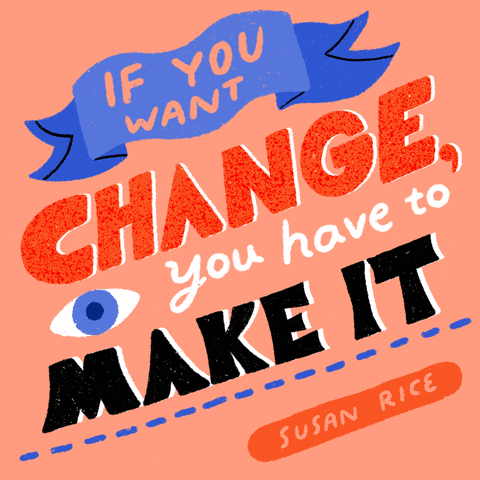
This logo isn't an ad or affiliate link. It's an organization that shares in our mission, and empowered the authors to share their insights in Byte form.
Rumie vets Bytes for compliance with our
Standards.
The organization is responsible for the completeness and reliability of the content.
Learn more
about how Rumie works with partners.
Quiz Time!
When in a relationship, what are you more likely to do?
A. Hold yourself accountable for your actions.
B. Ask for reassurance...a lot.

C. Have honest conversations with your partner, even when they're uncomfortable.
D. Keep your feelings to yourself to protect the relationship.

If you answered B and D for this question, you may have an anxious attachment style.
The Anxious Attachment Style

Supportive environments — where a child’s emotional needs are fulfilled by the caregivers — may lead to the child developing a secure attachment style that will follow them into adulthood.

On the flip side, when these needs aren't met consistently, we may have intense feelings of:
insecurity
doubt
anxiety
These feelings can lead to an anxious attachment style.
So how do you recognize anxious attachment in your personal relationships?
Strong Fear Of Rejection Or Abandonment

Quiz
Thomas messaged his friend asking her out to a last-minute dinner. He noticed that she had read the message but hadn't replied. Which of these behaviors might show an anxious attachment style?
There's no reason for Thomas to stress out because his friend didn't respond immediately. She could have been driving, in a meeting, or even working. Remember: your thoughts can be your relationship’s best friend or worst enemy. Get rid of the overthinking!
Take Action
Friendship, familial, and romantic relationships are all essential to your well-being, so don't let them become a cause of anxiety and stress.
If you think you have an anxious attachment style, try to:
And if you're in a relationship with someone who might have an anxious attachment style, try to:
Give them attention and constant assurance that you care about them.
Be consistent! Stick to promises and commitments.
Encourage self-reflection to help them manage their anxious behaviors.

This Byte has been authored by
Camila Beltrame
Lifelong learner | L&D Professional
This Byte has been reviewed by
Lisa VanVleet
PhD, LCSW-S


